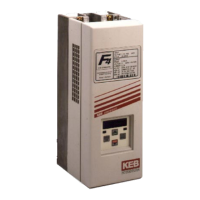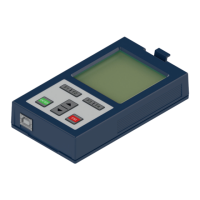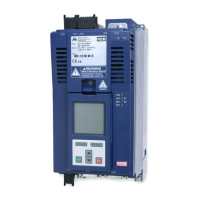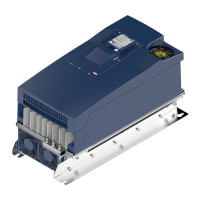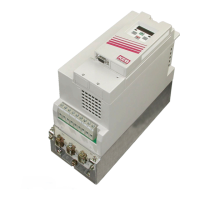• Inverter Status should change from No Operation.
• Command speed and motor speed should match closely to each other and be a
non-zero number.
• Motor current should level at lower current than the rated current of the motor.
If an error occurs operating inspection speed, troubleshoot the error. If there is no error,
the screens above can be used to diagnose the issue. To diagnose see below:
• If the inverter status stays at No Operation.
This means a signaling issue; the drive is not being told to go. The controller is
missing at least the enable signal.
• If command speed stays at 0 but inverter status changes from No
Operation. The drive is being given signals to move, but the speed being given to
the drive is 0 speed.
• If the Motor Current is high and/or Command Speed and Motor Speed don't
match. This typically means that something is holding the motor back from spinning
freely, usually a mechanical issue if there is no fault.
When the motor is running inspection speed correctly, confirm with a hand tachometer
that the motor is spinning at the commanded fpm. If the speeds do not match, confirm
that machine data is correct. If the motor is geared and the gear ratio is not known, use
value in LN05 as starting point for LN02, and adjust LN02 as needed to make the motor
spin faster or slower.
7.4.2 Running Automatic
Once the motor has run on inspection speed, the next step is to attempt to run at
automatic/high speed. The following steps are what should be adjusted and monitored:
• Adjust LC30 Maximum Torque, in control settings, to at least 250%.
• Confirm that the motor can move the full hoistway at the correct speed.
• When running at high speed, the motor current should be at or lower than the rated
motor current (There will be high current during acceleration and deceleration, but
that is to be expected).
If everything above is correct, then the next step is to adjust for ride quality if needed.
7.5 Ride Quality Adjustments
7.5.1 Motor Vibration/Noise Adjustments
Once the car is able to run at high speed, roped, and counterweighted properly, the drive
can be used to eliminate ride quality issues. Before getting to this point, the drive should
be programmed, motor and encoder-learned (if applicable), and the car should
successfully run at both inspection and automatic. The adjustments done on the drive will
affect the encoder feedback and the response of the drive. Every elevator system is
different; therefore, all these adjustments can differ elevator-to-elevator. The default
parameters will work in most situations and are a good starting point.
